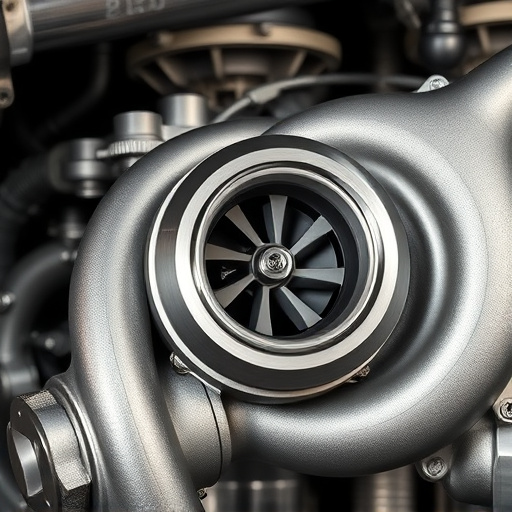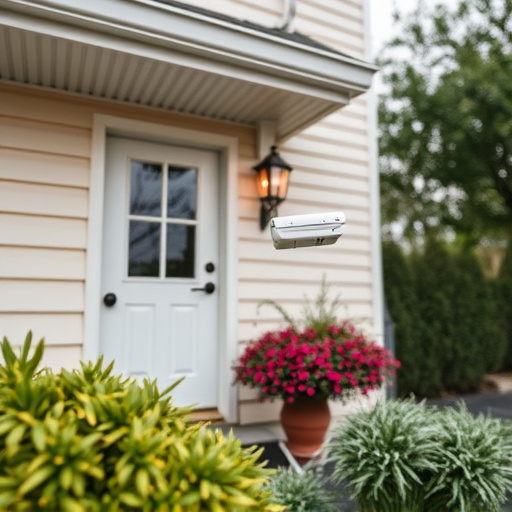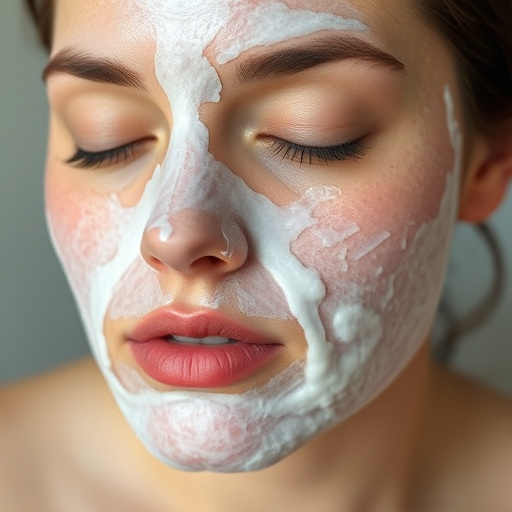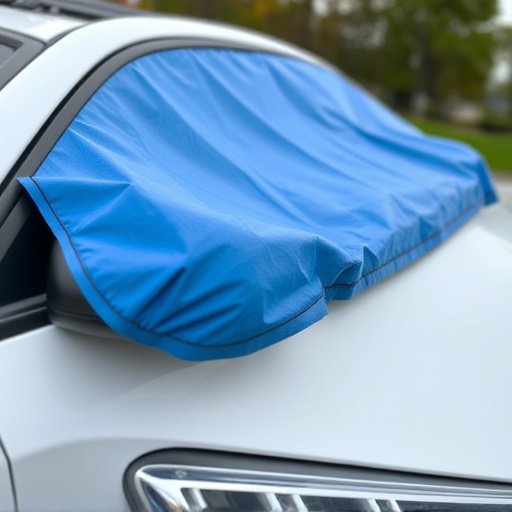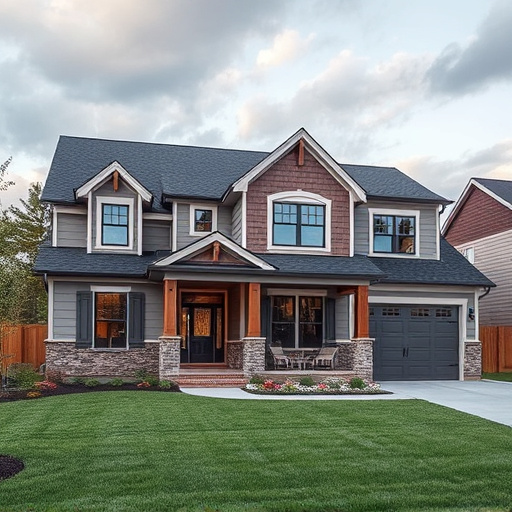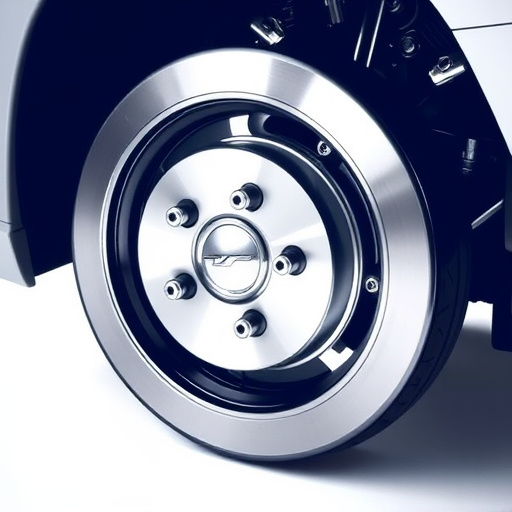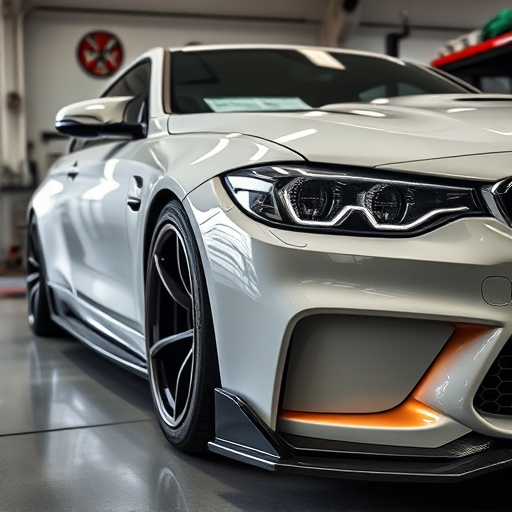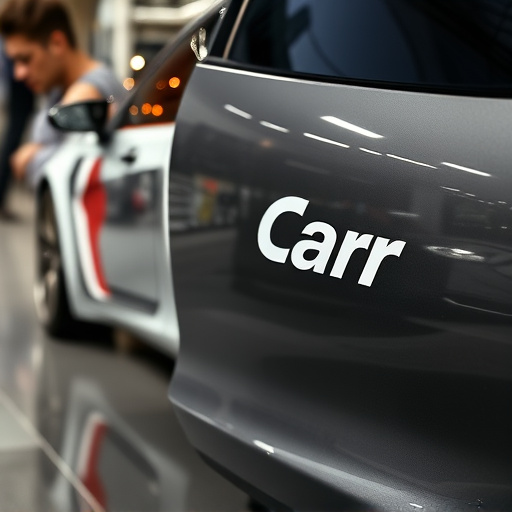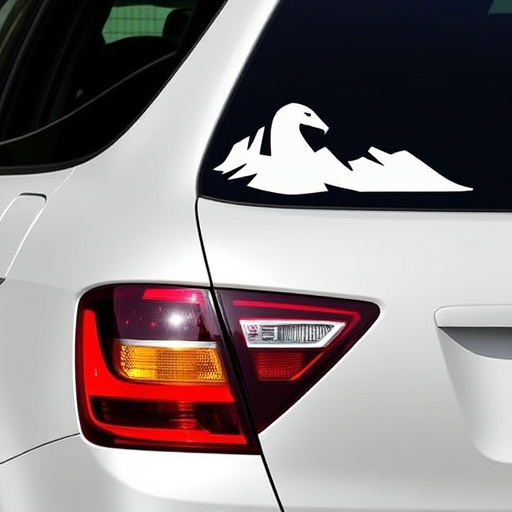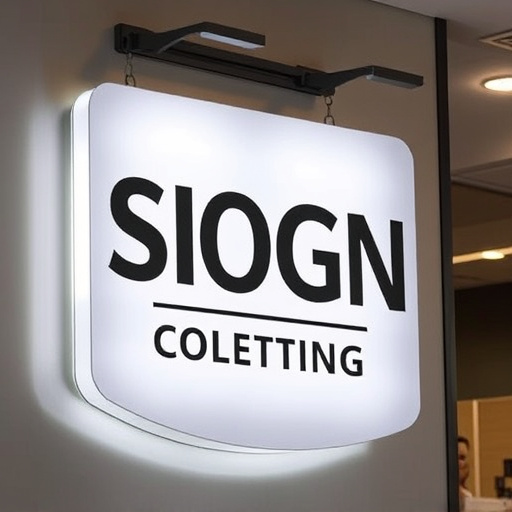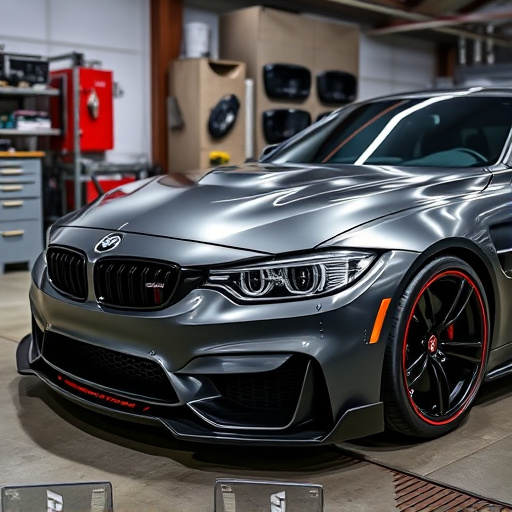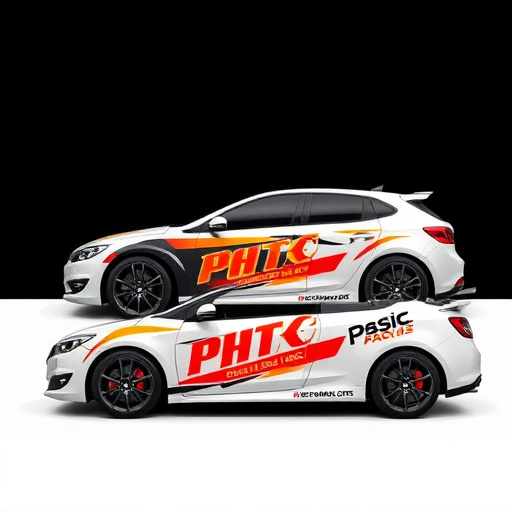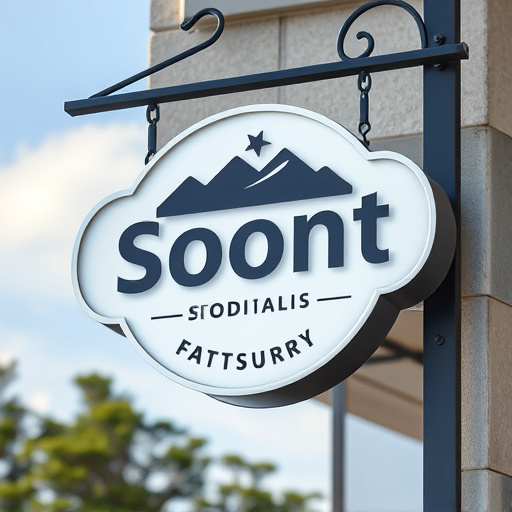Choosing brochure design printing format (tri-fold, gatefold, single-fold) aligns with communication goals and target audience preferences. Design considerations include layout, imagery, and messaging tailored to demographics and brochure purpose. Printing techniques impact quality and aesthetic appeal, with digital printing for small runs and offset lithography for complex layouts. Paper texture and coatings enhance durability and visual impact in promotional materials.
Choosing the right format for your brochure design printing is a crucial step in creating an impactful marketing tool. This guide navigates you through the process, from understanding diverse brochure formats to considering your target audience and design elements that resonate with them. We’ll explore various printing techniques and quality assurance measures to ensure your brochures make a lasting impression. By following these insights, you’ll be well-equipped to produce high-quality, engaging brochures tailored for maximum impact.
- Understanding Different Brochure Formats
- Target Audience and Design Considerations
- Printing Techniques and Quality Assurance
Understanding Different Brochure Formats

Choosing the right format for your brochure design printing is a crucial step in ensuring your message resonates with your audience. There are various brochure formats available, each suited to different purposes and audiences. Standard tri-fold brochures are versatile and effective for promoting products or services, providing an at-a-glance overview with clear sections. They’re like a mini-tapestry of information, neatly folded into three panels.
For more specialized needs, consider alternative formats. For instance, a gatefold brochure opens up to create a larger surface area, perfect for showcasing detailed products or processes like car customization. Using protective coatings or vinyl wraps on these brochures can add an extra layer of durability and visual appeal. Similarly, a single-fold brochure is ideal for concise content, making it easy for readers to scan quickly. These formats allow designers to adapt to specific communication goals, whether highlighting features, telling a story, or providing step-by-step instructions, all while maintaining professional brochure design printing standards.
Target Audience and Design Considerations
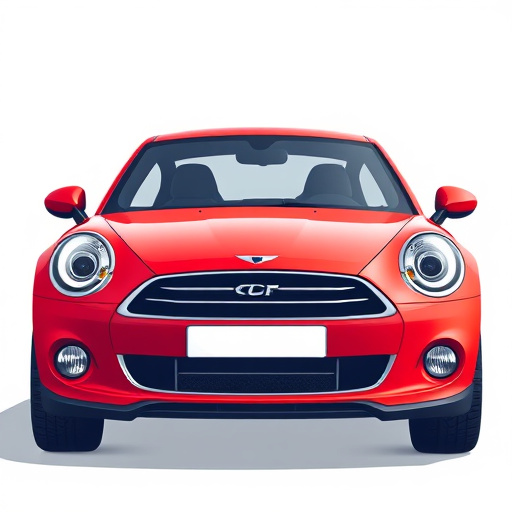
When designing a brochure for printing, understanding your target audience is paramount. Different demographics have varying preferences in terms of aesthetics and content. For instance, a brochure aimed at young, tech-savvy individuals might incorporate vibrant colors, modern typography, and interactive elements to engage their interest. Conversely, a brochure targeting business professionals could focus on clean lines, sleek designs, and concise information presented in an easily digestible manner.
Design considerations also extend beyond the visual aspects. The purpose of the brochure—whether it’s promoting a product like custom vehicle wraps or highlighting a service like professional PPF (paint protection film) installation—should dictate its layout, imagery, and messaging. Incorporating high-quality images and clear descriptions can effectively showcase benefits, especially for services that offer visible enhancements like scratch protection.
Printing Techniques and Quality Assurance
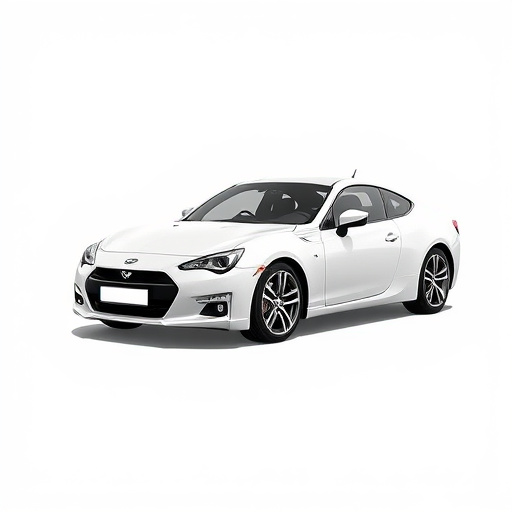
When it comes to brochure design printing, the choice of printing techniques significantly impacts the final quality and aesthetic appeal. Modern technologies like digital printing offer precision and versatility, allowing for custom graphics and vibrant colors, perfect for marketing materials. This method is ideal for smaller runs or projects requiring frequent updates, ensuring consistency without breaking the bank.
For more demanding brochure design printing tasks, traditional offset lithography remains a reliable option. It delivers exceptional detail and clarity, making it suitable for high-quality productions with complex layouts. Moreover, this technique can handle various paper types and finishes, enabling you to choose the right texture or coat for your vehicle enhancement or window tinting promotional materials, thus creating a lasting impression on potential customers.
Choosing the right format for your brochure design printing is key to delivering a compelling message that resonates with your target audience. By understanding different formats, considering your audience, and selecting appropriate printing techniques, you can create brochures that not only inform but also engage and convert readers. Focus on clarity, aesthetics, and high-quality execution to ensure your brochures make a lasting impression.


